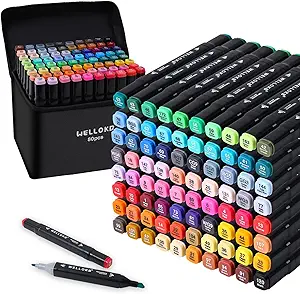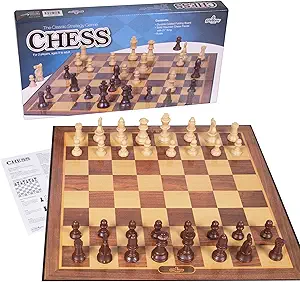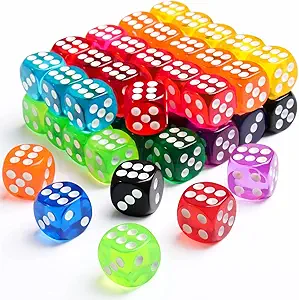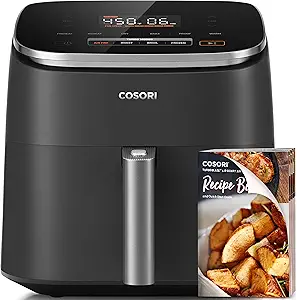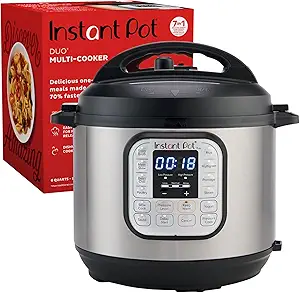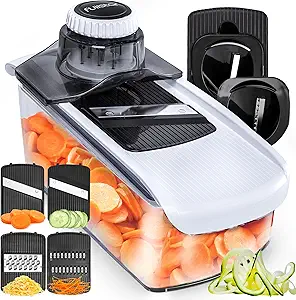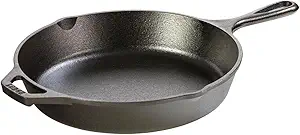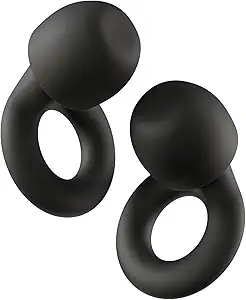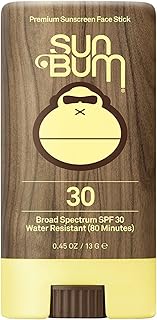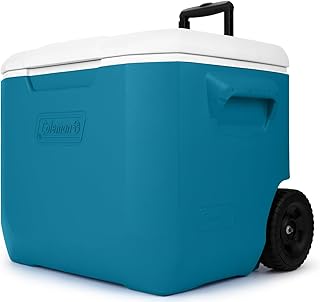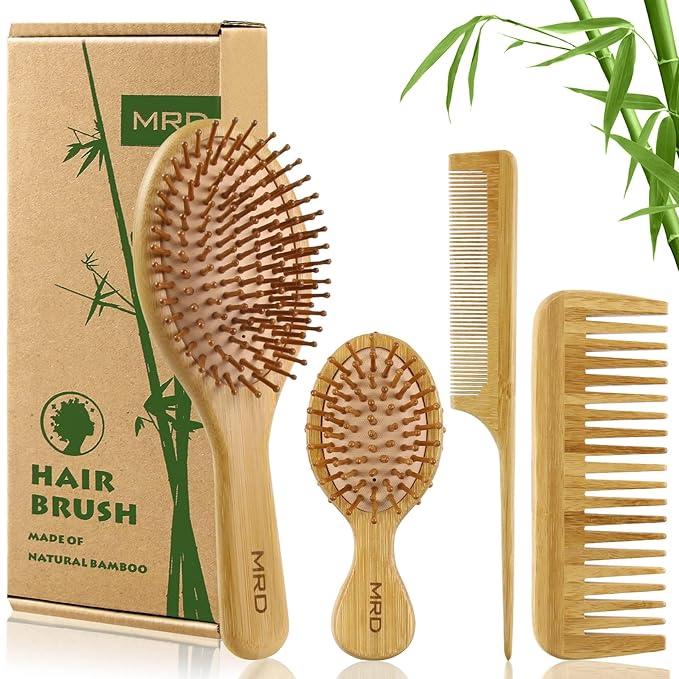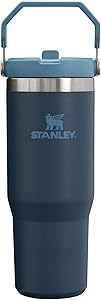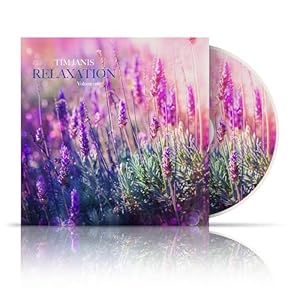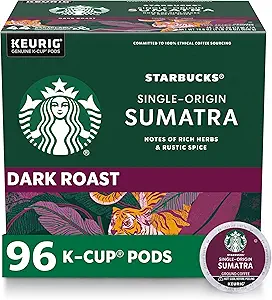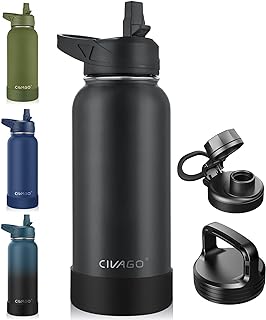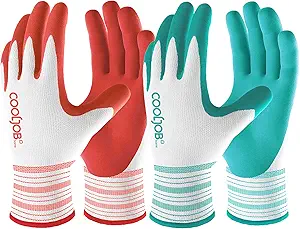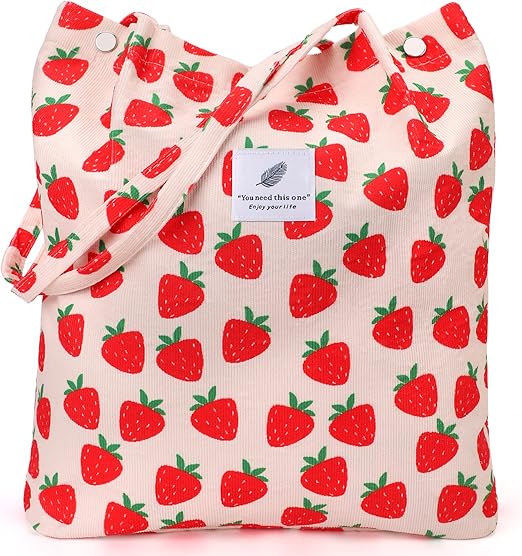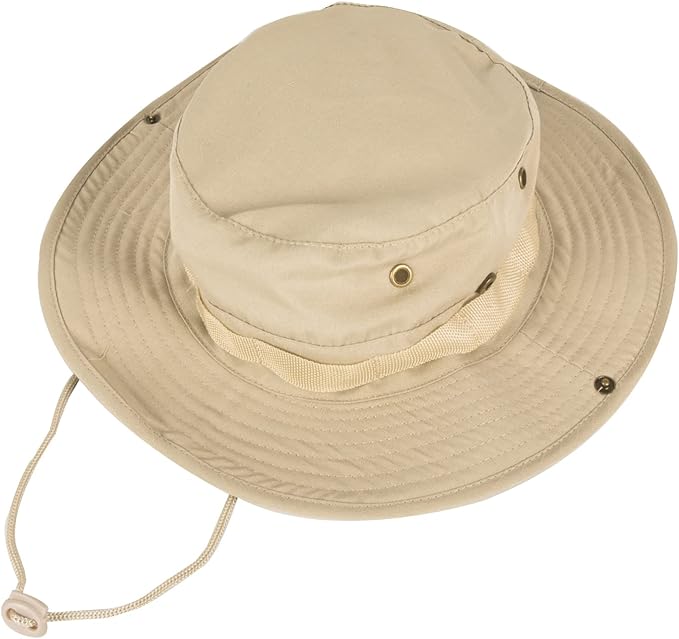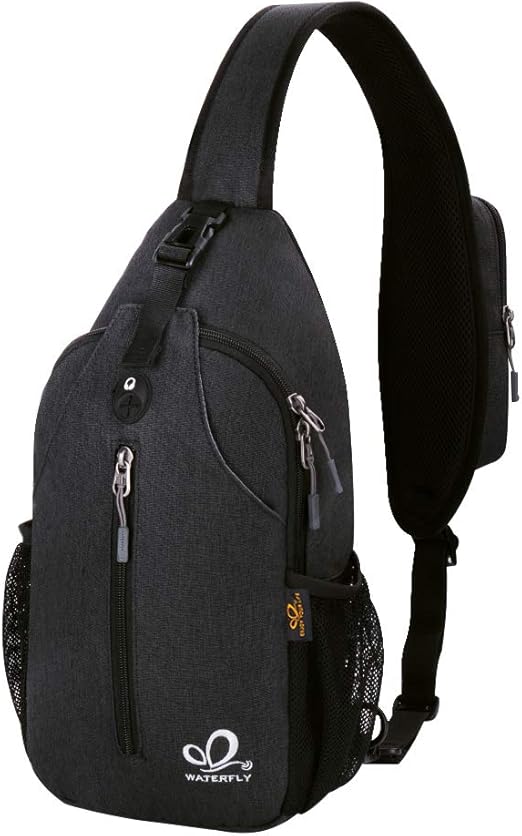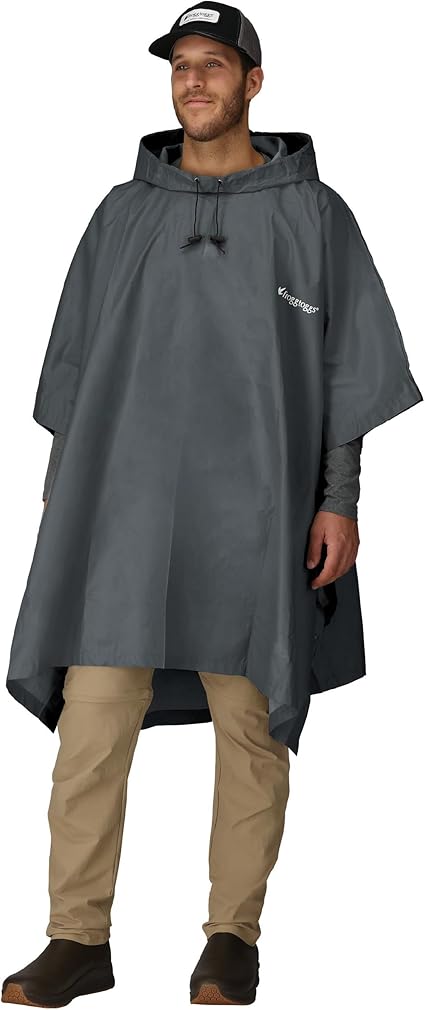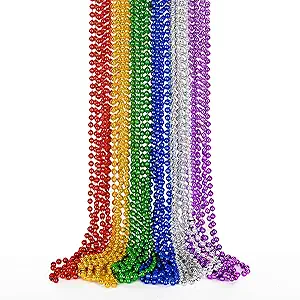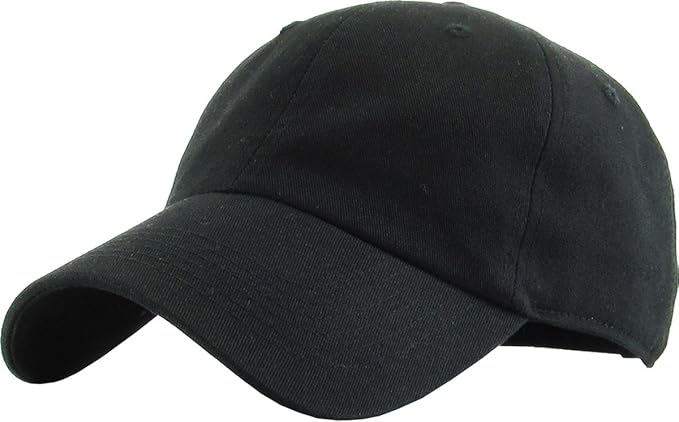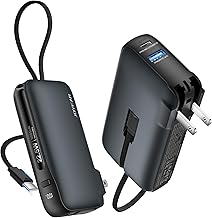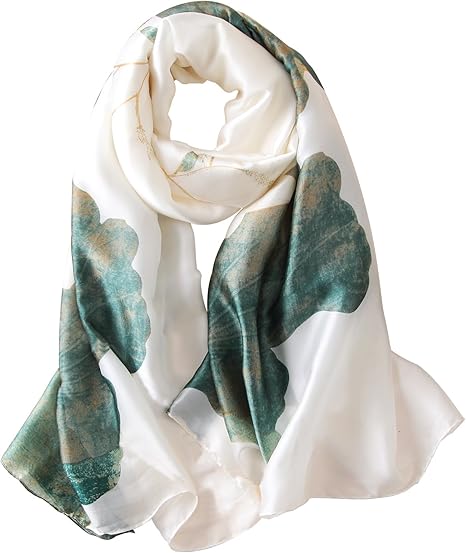Cooking is one of the best ways to experience a new culture. Whether you’re whisking sauces in Paris, grinding curry paste in Thailand, or rolling sushi in Japan, joining an international cooking class brings you closer to local traditions and flavors. But to make the most of your culinary journey, you’ll need to pack the right spices and tools.
This guide from Pack This First helps you prepare for your next international cooking adventure with a list of must-have spices, tools, and tips to make your experience smooth, flavorful, and fun!
1. The Joy of International Cooking Classes
When you travel to a new destination, local food tells you everything about the culture — history, geography, and creativity. International cooking classes allow you to:
-
Learn authentic techniques directly from local chefs.
-
Use traditional tools and ingredients rarely found back home.
-
Connect with other travelers through the shared joy of cooking.
-
Take home recipes and recreate global dishes in your kitchen.
But before you dive into your cooking class, you’ll want to be ready with a few essentials that make the experience stress-free and enjoyable.
2. Packing Smart for a Global Culinary Experience
You don’t need to bring your entire kitchen when traveling for a cooking class, but packing a few essentials can make a big difference. Focus on lightweight, multipurpose tools and compact spice kits that fit easily into your luggage.
At Pack This First, we believe every great cooking adventure starts with smart preparation — and that means having the right blend of practicality, portability, and passion.
Spices to Pack for an International Cooking Class
1. The Global Spice Starter Kit
Even though you’ll likely find local spices during your trip, it’s a good idea to carry small amounts of familiar seasonings. This helps when you want to personalize a dish or compare flavor profiles.
Essentials to include:
-
Salt and Pepper: Always the foundation for seasoning balance.
-
Garlic Powder: Adds a quick flavor boost when fresh isn’t available.
-
Cumin: A key spice across Middle Eastern, Indian, and Latin cuisines.
-
Paprika: Adds warmth and color to stews, soups, and marinades.
-
Cinnamon: Great for sweet and savory dishes alike.
💡 Pro Tip: Use mini airtight containers or spice tubes to keep your spices fresh and leak-free during travel.
2. Specialty Spices for Cultural Cuisines
If you already know which cuisine you’ll be learning, bring a few signature spices that enhance those dishes:
-
Italy: Dried basil, oregano, rosemary.
-
India: Turmeric, coriander, garam masala, mustard seeds.
-
Thailand: Lemongrass powder, kaffir lime leaves, chili flakes.
-
Japan: Shichimi togarashi (7-spice blend), sesame seeds, miso powder.
-
Mexico: Chipotle powder, cumin, cinnamon.
These can serve as backup ingredients or allow you to recreate dishes back home with the same flavor authenticity.
3. Spice Storage and Packing Tips
-
Store spices in travel-size containers (10–15 ml).
-
Label them clearly with names and origin.
-
Wrap each container in resealable bags to prevent spills.
-
Keep them in your checked luggage if traveling internationally (to avoid customs issues).
If you’re unsure about customs restrictions, check your destination’s food import rules — some countries limit the import of organic ingredients.
Tools to Pack for a Cooking Adventure
The right tools can make your cooking class smoother, especially when you’re learning hands-on techniques. Here’s a list of essential cooking tools that are compact, versatile, and travel-friendly.
1. Travel Knife Set (Compact and Safe)
A small foldable or sheathed knife can be useful for chopping fruits, vegetables, or herbs on the go. Choose a lightweight stainless-steel knife with a protective cover for safety.
Optional: Add a mini peeler for quick prep work.
2. Portable Cutting Board
A flexible silicone cutting board is perfect for travel. It’s easy to roll up, lightweight, and easy to clean. Great for picnics and cooking sessions abroad.
3. Measuring Tools
Many international recipes use different measurement systems. Carry:
-
A collapsible measuring cup set (metric + imperial).
-
Measuring spoons for spices and baking ingredients.
This ensures accuracy and consistency when following recipes in foreign kitchens.
4. Reusable Containers and Zip Bags
Perfect for storing leftovers, prepped ingredients, or packed spices. Reusable silicone bags are eco-friendly and save space in your luggage.
5. Multi-Tool Utensil Set
Pack a set that includes:
-
A spoon, fork, knife combo
-
Tongs or a mini whisk
-
Chopsticks (for Asian cooking classes)
Opt for stainless steel or bamboo materials — durable, hygienic, and sustainable.
6. Notebook and Pen (Your Recipe Journal)
You’ll learn many new tips and local cooking secrets. Take notes on ingredients, techniques, and cultural insights. It’s a great souvenir of your experience!
7. Apron and Kitchen Towel
Lightweight aprons protect your clothes from spills and splashes, while a small towel helps keep your hands and workspace clean.
8. Digital Thermometer
If you’re cooking meat, fish, or desserts, a compact digital thermometer ensures your food is cooked perfectly every time.
Food Safety and Hygiene Essentials
When cooking abroad, especially in shared kitchens or outdoor environments, food safety is crucial. Always pack these hygiene must-haves:
-
Hand sanitizer or wipes before and after cooking.
-
Reusable water bottle for hydration.
-
Small first aid kit (just in case of minor cuts or burns).
-
Eco-friendly dish soap or cleaning wipes for utensils.
Bonus: Packing for Culinary Souvenirs
After your cooking class, you might want to bring home some local spices or ingredients. Here’s how to pack them safely:
-
Double-seal spice packets to prevent leaks.
-
Check airline rules for liquids like oils or sauces.
-
Use bubble wrap for fragile containers.
-
Label everything for easy unpacking at home.
You’ll love having authentic spices to recreate those dishes once your trip is over.
Tips for a Smooth Cooking Class Experience
-
Arrive Early: Give yourself time to get familiar with the kitchen setup.
-
Be Curious: Ask your instructor about local traditions and ingredient substitutes.
-
Take Photos: Capture each step of the process — perfect for sharing your experience later.
-
Stay Organized: Keep your tools and spices neatly arranged for easy access.
-
Have Fun: Remember, cooking is not just about technique — it’s about connection and creativity!
Cultural Etiquette to Keep in Mind
Every country has unique kitchen customs. A few quick reminders:
-
In Japan, never stick chopsticks upright in rice — it’s considered impolite.
-
In Italy, tasting while cooking is encouraged it shows enthusiasm.
-
In India, cooking with your hands (clean, of course) is part of the culture.
-
In France, presentation is key neat plating is appreciated.
Learning these small details will make your cooking experience more authentic and respectful.
Why Pack This First for Your Cooking Adventures
At Pack This First, we help travelers like you prepare for meaningful journeys. Whether it’s a cooking class in Tuscany or a street food workshop in Bangkok, our guides ensure you’re packed for every adventure efficiently, stylishly, and sustainably.
Our curated lists take the guesswork out of what to bring, so you can focus on what truly matters: learning, tasting, and experiencing new cultures.
Final Thoughts
Your international cooking class adventure is more than just a travel experience it’s a journey through taste, culture, and creativity. With the right spices, tools, and preparation, you’ll not only cook delicious meals but also bring home memories that last a lifetime.
So, before you tie that apron and heat the pan remember to Pack This First: your essentials for flavor, fun, and global inspiration!
